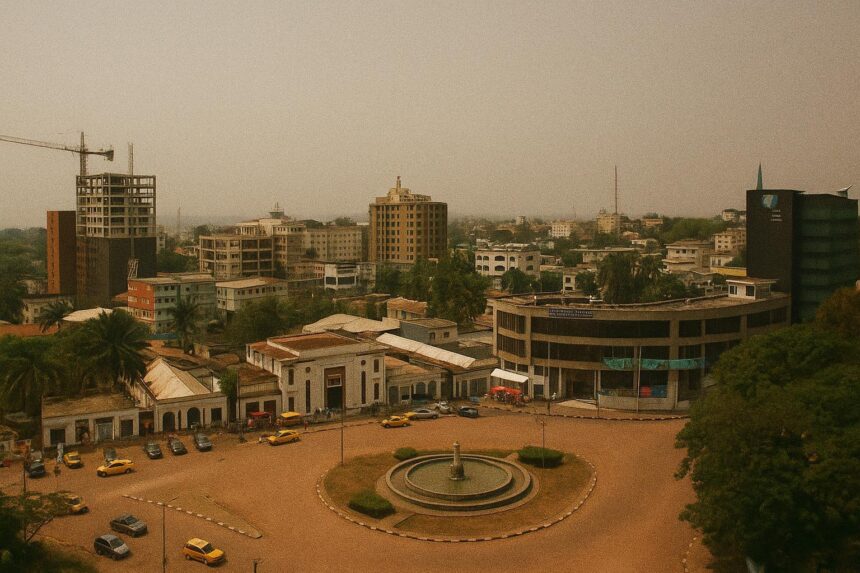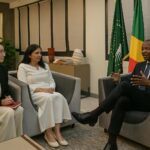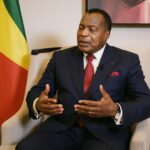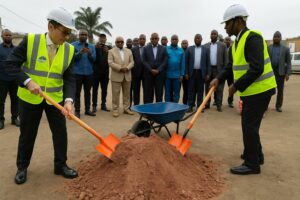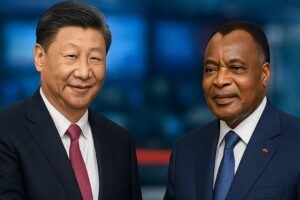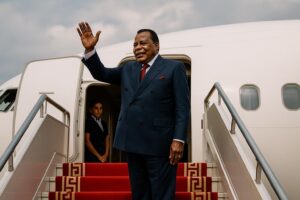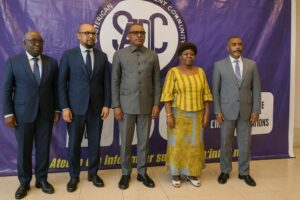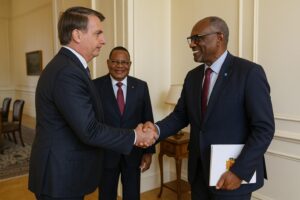Brazzaville at the epicenter of tropical diplomacy
From 26 to 28 October, Brazzaville finds itself in the diplomatic limelight as more than three thousand delegates converge on the banks of the Congo River. The gathering marks only the second occasion on which representatives of the world’s three great tropical lungs have met under one roof. President Denis Sassou Nguesso, whose administration first proposed the format in 2011, presents the summit as an answer to the often fragmented nature of multilateral climate forums. The choreography unfolds with technical panels on Thursday, ministerial caucuses on Friday and a presidential segment on Saturday, mirroring the methodical approach favoured by African Union summits.
Strategic importance of the trio of basins
Together the Amazon, Congo and Bornéo-Mekong complexes shelter roughly four-fifths of the planet’s remaining tropical forests and three-quarters of its terrestrial biodiversity, according to the Food and Agriculture Organization and the United Nations Environment Programme. Their biogeochemical cycles modulate rainfall on at least three continents and sequester close to 250 gigatonnes of carbon (FAO 2022, UNEP 2023). Yet pressures ranging from artisanal gold mining in the Guianas to agro-industrial expansion in Kalimantan threaten to tip these ecosystems toward irreversibility. The Brazzaville conclave therefore positions itself as a diplomatic firewall against the accelerating feedback loops catalogued by the Intergovernmental Panel on Climate Change.
Energy transition and climate finance debates
A central thread of the summit is the quest for a credible financial architecture that rewards standing forests while accommodating legitimate development aspirations. Congo-Brazzaville’s environment minister Arlette Soudan Nonault has argued that a tri-basin coalition could leverage its ecological assets in collective negotiations with multilateral banks and voluntary carbon markets. Early drafts of the final communiqué, circulated among negotiators on Wednesday evening, suggest a call for a dedicated blended-finance vehicle capitalised at ten billion US dollars over five years. The proposal draws inspiration from the LEAF Coalition’s jurisdictional credits in the Amazon as well as the Gabonese sovereign green bond issued in 2021.
Equally salient is the nexus between forest integrity and access to modern energy. Delegates from the Democratic Republic of Congo and Rwanda underscore the role of mini-hydropower and off-grid solar in curbing fuel-wood dependence, whereas Indonesian experts cite the country’s evolving nickel supply chain for electric batteries. By framing forests as both carbon sinks and platforms for low-carbon industry, the organisers seek to bridge the long-standing chasm between conservation funding and economic diversification.
Regional leadership and continental solidarity
The roster of confirmed heads of state—spanning Kenya, Togo, Guinea-Bissau, Comoros and Gabon—highlights an emergent African caucus intent on steering its own climate narrative. Observers note that Brazzaville’s hospitality dovetails with the African Union’s Agenda 2063, while offering a rehearsal space ahead of the UNFCCC COP28 negotiations in Dubai. President Sassou Nguesso’s speech is expected to reiterate Congo’s pledge to maintain its deforestation rate below 0.05 per cent of forest cover per annum, a metric that compares favourably with global averages and positions the country as a provider of ecological stewardship.
In bilateral meetings on the summit’s margins, Brazzaville is reportedly discussing transboundary fire-monitoring protocols with Kinshasa and a revival of the tri-national park initiative linking Congo, Gabon and Cameroon. Such moves reinforce a perception of Central Africa as not merely a beneficiary of climate solidarity but an increasingly proactive architect of regional public goods.
Global expectations amid selective attendance
The absence of heads of state from Latin America and Southeast Asia has drawn discreet concern from certain civil-society organisations, yet diplomats downplay the optics. Brazilian, Colombian and Indonesian delegations are led by cabinet-level officials, a configuration deemed sufficient for technical alignment in advance of presidential engagement at COP28. Analysts from the think-tank Chatham House suggest that virtual diplomacy and overlapping electoral cycles partly explain the attendance pattern, adding that the success of the summit will ultimately hinge on the operational clarity of its deliverables rather than its photo opportunities.
UN Secretary-General António Guterres, addressing the meeting by video message, characterised the tri-basin coalition as a ‘geopolitical hinge on which the Paris Agreement may turn’. His invocation underlines the degree to which Brazzaville’s efforts resonate within broader multilateral debates on loss-and-damage funding and Article 6 market mechanisms.
Towards the Brazzaville Declaration and beyond
Negotiators are fine-tuning a closing text informally dubbed the Brazzaville Declaration. Draft language reviewed by diplomats envisages an annual rotating presidency, a joint scientific observatory and a standing council of eminent persons to articulate collective positions at global forums. While implementation details remain to be hashed out, the architecture mirrors precedents such as the Council of the Amazonian Pact created in 1978.
If adopted, the declaration would mark a symbolic consolidation of South-South environmental diplomacy. For Congo-Brazzaville, it would reaffirm the country’s diplomatic vocation, tracing a continuum from the 1999 cease-fire talks hosted in the same city to its present-day mediation of ecological interests. More broadly, the summit underscores the capacity of tropical nations to articulate strategic agency in the climate arena, advancing from data providers to agenda setters.

